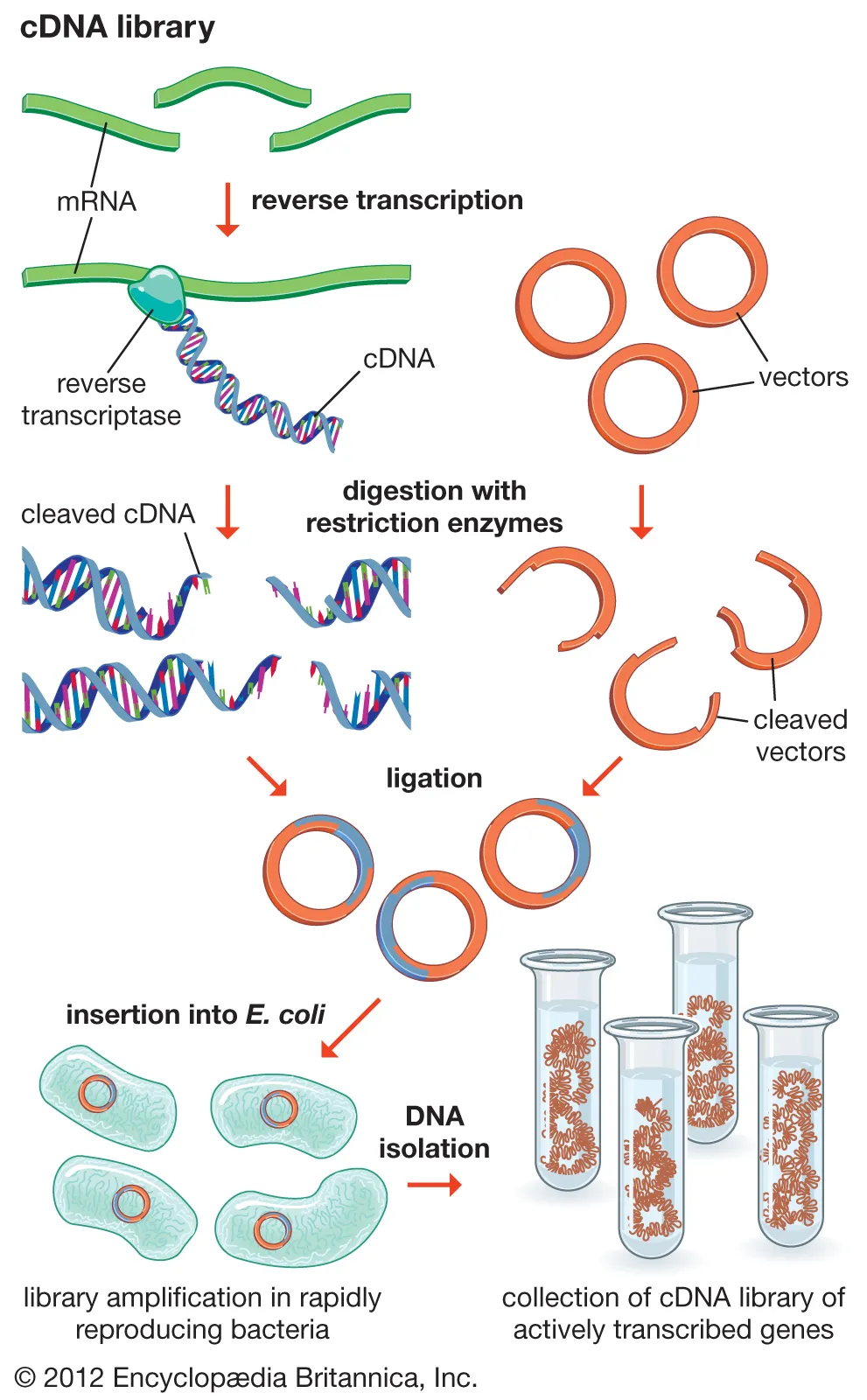Table of Contents
Introduction:
Restriction Enzymes, also known as restriction endonucleases, are enzymes found in bacteria that play a crucial role in their defense mechanism. These enzymes recognize specific DNA sequences and cut the DNA at those sites, resulting in the restriction of foreign DNA from entering the bacterium. Restriction enzymes have become valuable tools in modern molecular biology and biotechnology, enabling scientists to manipulate and study DNA in a variety of ways.
History:
Restriction enzymes were first discovered in the late 1960s by Werner Arber, Daniel Nathans and Hamilton Smith. They received the Nobel Prize in Physiology or Medicine in 1978 for their discovery. The discovery of restriction enzymes opened the door for the development of genetic engineering techniques that allow scientists to manipulate DNA in a variety of ways.
Functions:
- Defense mechanism: Bacteria use restriction enzymes as a defense mechanism to protect themselves against phages (virus that infect bacteria). The restriction enzymes recognize and cut the phages’ DNA, thus preventing their replication and spread.
- DNA manipulation: Restriction enzymes have become valuable tools in molecular biology and biotechnology, enabling scientists to manipulate and study DNA in a variety of ways. They can be used to cut DNA at specific sites, allowing scientists to manipulate DNA sequences and study gene function.
- Cloning: Restriction enzymes are used in cloning experiments to insert a foreign DNA fragment into a plasmid. The plasmid is then inserted into bacteria, where it replicates, producing many copies of the foreign DNA fragment.
Types of Restriction Enzymes:
- Type I: Type I restriction enzymes cut DNA at random sites and are not very useful for molecular biology applications.
- Type II: Type II restriction enzymes cut DNA at specific sites, making them the most commonly used restriction enzymes for molecular biology applications.
- Type III: Type III restriction enzymes recognize and cut DNA at specific sites, but also have a methylase activity that modifies the recognition sites to prevent further cleavage.
- Type IV: Type IV restriction enzymes recognize and cut DNA at specific sites, but also have helicase activity, which allows them to unwind and degrade the DNA.
Recognition Sites:
Restriction enzymes recognize specific DNA sequences, known as restriction sites, and cut the DNA at those sites. The restriction sites for each restriction enzyme vary, but they typically range from 4-8 base pairs in length. The recognition sites of restriction enzymes are palindromic, meaning the DNA sequence reads the same in both directions. This allows the restriction enzyme to recognize the DNA site regardless of the orientation of the DNA strand.
Cuts:
Restriction enzymes typically make cuts in the DNA at specific sites, creating sticky ends. Sticky ends are single-stranded DNA extensions that are complementary to each other, allowing them to hydrogen bond and form a stable base-pairing. This makes it possible to join two DNA fragments together using DNA ligase, creating recombinant DNA.
Uses in Molecular Biology and Biotechnology:
- DNA sequencing: Restriction enzymes can be used to prepare DNA samples for sequencing by cutting the DNA into smaller fragments.
- Gene cloning: Restriction enzymes can be used to insert a foreign DNA fragment into a plasmid, which can then be inserted into bacteria. This allows scientists to produce many copies of the foreign DNA fragment.
- Genome mapping: Restriction enzymes can be used to map the genome by cutting the DNA into smaller fragments and studying the restriction patterns.
- Gene editing: Restriction enzymes can be used in combination with CRISPR-Cas9 technology to edit genes in cells.
Conclusion
In conclusion, restriction enzymes play a vital role in molecular biology and biotechnology, providing researchers with a powerful tool for the manipulation and study of DNA. The discovery of restriction enzymes has greatly impacted the field of genetics, enabling scientists to understand gene function, clone genes, sequence genomes, and edit genes in cells. Despite the many uses of restriction enzymes, the study and understanding of these enzymes is still ongoing, with many opportunities for future research and discovery. The continued study of restriction enzymes will likely result in new and innovative applications in the field of genetics, ultimately leading to a better understanding of the genetic material and its role in cellular function.
